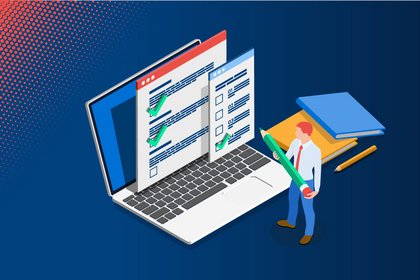How to Successfully Change Your CMS for Technical Writing: Tips and Pitfalls
It’s not every day that technical writing teams look for a new CMS, which is why good preparation is all the more important. Switching systems is time-consuming and costly, so there’s nothing more annoying than regretting your decision later down the line.

Why change systems?
Why do technical writing departments decide to switch supplier or system? While some companies put their software systems under the microscope at regular intervals, the most common reason for wanting to switch is that the existing system is no longer able to handle the company’s needs. The technical writing team may have expanded, requirements increased, and new opportunities opened up for documentation. Many existing systems can no longer keep up, which means it’s time for something new.
Different pain points
But when is the right time to change provider? The answer is simple: when the pain becomes palpable. However, pain points are exhibited differently for each technical writing team. Perhaps the system has proved to be less user friendly than the users first thought? There’s a huge difference between processing only two or three documents during testing and working on two or three thousand when the system is up and running. Processes that work well on small volumes of documents may have a negative impact on productivity on a large scale.
The same is true when the company’s product portfolio expands. Some content management systems struggle to manage documentation for devices with lots of variants. A powerful system with variant management, automated workflows, and capable interfaces for data transfer is needed.
Perhaps it also becomes clear that the content management system manufacturer does not have the innovative spirit, service, and support your technical writing team needs. When troubleshooting is slow, updates only result in cosmetic improvements, and support requests aren’t answered for weeks on end, a CCMS becomes a hindrance to the technical writers and the time is ripe for a new system to pave the way into the future.
Today, technical writers are much more integrated into businesses than they were ten years ago. Often they are the ones who discover that they are missing interfaces to other parts of the company or systems. Plus, if a content management system doesn’t consistently use XML, data exchange is arduous. A lack of interfaces to terminology and translation systems can also be a real drain on finances.
What should you do if you’re feeling the pain?
All these reasons (and many more besides) prove that it’s time to look for a new system. As you’ve recognized the pain points in good time, you can do so at your leisure. After all, there’s no point making rash decisions. Find out which systems are available, speak to technical writers from other companies, and attend events held by manufacturers or the industry association tekom.
Do your research and be aware of any pitfalls that may come up in the process of switching to the new content management system. And if you have any questions: We look forward to hearing from you!


